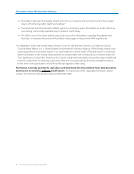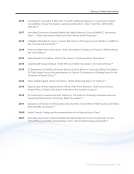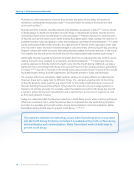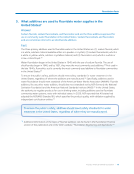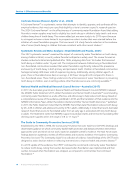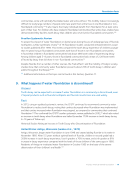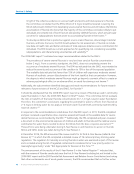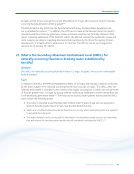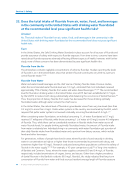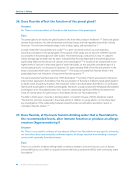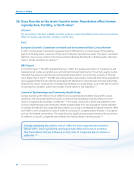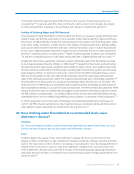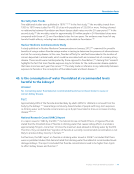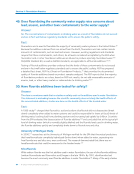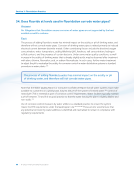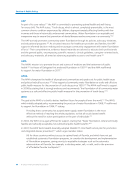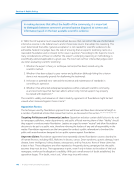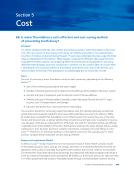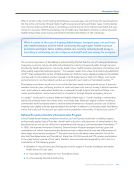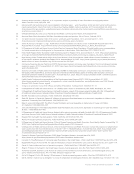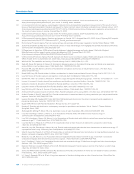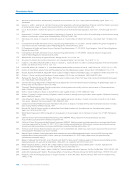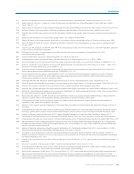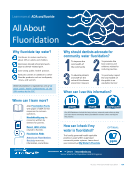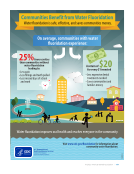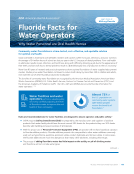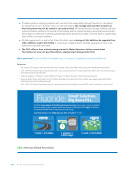30 l © 2025 American Dental Association
Section 1: Effectiveness and Benefits
In 1994, a Dietary Fluoride Supplement Workshop, co-sponsored by the ADA, the American Academy
of Pediatric Dentistry (AAPD), and the American Academy of Pediatrics (AAP), was held in Chicago.
Based on a review of scientific evidence, a consensus was reached on a new dosage schedule
acknowledging that numerous sources of topical and systemic fluoride were available that were
not available many years previously.147
Subsequently, the dietary fluoride supplement schedule was reviewed and reissued in December 2010.
At that time, the ADA Council on Scientific Affairs (CSA) published evidence-based clinical
recommendations for the dosage schedule for dietary fluoride supplements.75 The evidence-
based review recommended that the age stratification established in the ADA’s 1994 supplement
schedule remain unchanged. The review also recommended that, prior to prescribing dietary fluoride
supplements, the prescribing provider should assess the patient’s risk for cavities and only those at
high risk should receive supplements.75 If at high risk, the fluoride level(s) of the patient’s primary
drinking water source(s) should be assessed.75 It should be noted that an accurate assessment of the
patient’s primary drinking water source(s) often includes more than one source. For example, the
patient might not have access to fluoridated water at home but may drink fluoridated water while
at day care or school, so both should be considered. The current dietary fluoride supplement
schedule appears in Table 175 under Question 12.
Additional information on this topic can be found in this Section, Question 12.
14. What are salt and milk fluoridation and where are they used?
Answer
Salt and milk fluoridation are methods used to provide community-based fluoridation in countries
other than the United States where various political, geographical, financial, or technical reasons
prevent the use of water fluoridation.
Fact
The practice of salt fluoridation began in the 1950s, approximately 10 years after water fluoridation
was initiated in the Unites States.148 Based on the success several decades earlier of the use of iodized
salt for the prevention of goiter, fluoridated salt was first introduced in Switzerland in 1956.149
Salt Fluoridation in Europe
According to a review published in 2013, salt fluoridation is available in a number of countries in
Europe, but its coverage varies greatly.148,150 Germany and Switzerland have attained a coverage
exceeding two-thirds of their populations (67% and 85%, respectively). In other European countries,
including Austria, the Czech Republic, France, Slovakia, and Spain, salt fluoridation is reportedly used on
a very limited scale.148 Additional countries, such as Hungary, Romania, Slovenia, Croatia, and Poland,
have considered salt fluoridation but have failed to take action.150
European regulations (as of 2024) permit the addition of fluoride to salt and water.151 On a historical
note, prior to the political changes that occurred in the late 1980s and early 1990s in Europe, water
fluoridation was widely available in the German Democratic Republic and the Czechoslovak Republic
and to a lesser extent in Poland. With the end of the Communist regimes, efforts related to public
health dentistry were largely discontinued. While fluoridation continued in several small towns until
1993, in general, it was abandoned.150 In 2013, it was estimated that approximately 60 million people
in Europe and 160 million in the Americas had access to fluoridated salt.148
Section 1: Effectiveness and Benefits
In 1994, a Dietary Fluoride Supplement Workshop, co-sponsored by the ADA, the American Academy
of Pediatric Dentistry (AAPD), and the American Academy of Pediatrics (AAP), was held in Chicago.
Based on a review of scientific evidence, a consensus was reached on a new dosage schedule
acknowledging that numerous sources of topical and systemic fluoride were available that were
not available many years previously.147
Subsequently, the dietary fluoride supplement schedule was reviewed and reissued in December 2010.
At that time, the ADA Council on Scientific Affairs (CSA) published evidence-based clinical
recommendations for the dosage schedule for dietary fluoride supplements.75 The evidence-
based review recommended that the age stratification established in the ADA’s 1994 supplement
schedule remain unchanged. The review also recommended that, prior to prescribing dietary fluoride
supplements, the prescribing provider should assess the patient’s risk for cavities and only those at
high risk should receive supplements.75 If at high risk, the fluoride level(s) of the patient’s primary
drinking water source(s) should be assessed.75 It should be noted that an accurate assessment of the
patient’s primary drinking water source(s) often includes more than one source. For example, the
patient might not have access to fluoridated water at home but may drink fluoridated water while
at day care or school, so both should be considered. The current dietary fluoride supplement
schedule appears in Table 175 under Question 12.
Additional information on this topic can be found in this Section, Question 12.
14. What are salt and milk fluoridation and where are they used?
Answer
Salt and milk fluoridation are methods used to provide community-based fluoridation in countries
other than the United States where various political, geographical, financial, or technical reasons
prevent the use of water fluoridation.
Fact
The practice of salt fluoridation began in the 1950s, approximately 10 years after water fluoridation
was initiated in the Unites States.148 Based on the success several decades earlier of the use of iodized
salt for the prevention of goiter, fluoridated salt was first introduced in Switzerland in 1956.149
Salt Fluoridation in Europe
According to a review published in 2013, salt fluoridation is available in a number of countries in
Europe, but its coverage varies greatly.148,150 Germany and Switzerland have attained a coverage
exceeding two-thirds of their populations (67% and 85%, respectively). In other European countries,
including Austria, the Czech Republic, France, Slovakia, and Spain, salt fluoridation is reportedly used on
a very limited scale.148 Additional countries, such as Hungary, Romania, Slovenia, Croatia, and Poland,
have considered salt fluoridation but have failed to take action.150
European regulations (as of 2024) permit the addition of fluoride to salt and water.151 On a historical
note, prior to the political changes that occurred in the late 1980s and early 1990s in Europe, water
fluoridation was widely available in the German Democratic Republic and the Czechoslovak Republic
and to a lesser extent in Poland. With the end of the Communist regimes, efforts related to public
health dentistry were largely discontinued. While fluoridation continued in several small towns until
1993, in general, it was abandoned.150 In 2013, it was estimated that approximately 60 million people
in Europe and 160 million in the Americas had access to fluoridated salt.148










